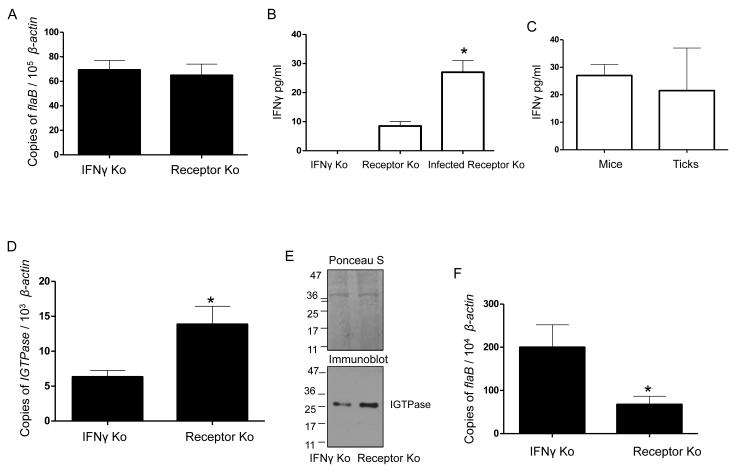Figure 3. Mammalian IFNγ is responsible for IGTPase induction.
(A) B. burgdorferi burden in IFNγ knockout or IFNγ receptor knockout mice. Mice were infected with spirochetes (105 cells/mouse) and their levels in skin were assessed at two weeks post-infection via qRT-PCR. Bars represent the mean ± SEM of six mice in three independent experiments.
(B) Systemic IFNγ levels in mice. Serum samples from infected animals were measured for IFNγ by ELISA. The data represent the mean ± SEM of pooled mouse serum analyzed in triplicate experiments. *p < 0.01.
C) IFNγ levels in ticks that engorged on infected IFNγ receptor knockout mice. The IFNγ receptor mice infected with B. burgdorferi of Figure 3B were fed by nymphs and IFNγ levels in the tick blood meals were measured by ELISA. The data correspond to the mean ± SEM values from ten ticks. Differences in the levels of IFNγ between mice and ticks were non-significant (p > 0.05).
(D) Murine IFNγ induces expression of IGTPase. Nymphal ticks (25/group) were allowed to parasitize on B. burgdorferi-infected mice. At 48 hours of feeding, ticks were collected, and IGTPase transcripts were measured in 25 nymphs in each group and normalized against tick β-actin. The data represent the mean ± SEM values. *p < 0.001.
(E) IGTPase protein levels are enhanced by murine IFNγ. Twenty four-hour fed ticks were processed for IGTPase levels using immunoblot analysis. Equal protein loading was evidenced by Ponceau S staining.
(F) B. burgdorferi persistence in feeding ticks is decreased in the presence of IFNγ. Nymphal ticks (25/group) were allowed to parasitize B. burgdorferi-infected mice and spirochete levels in 48-hour fed ticks were individually measured using qRT-PCR. The data represent the mean ± SEM values. * p < 0.02.

